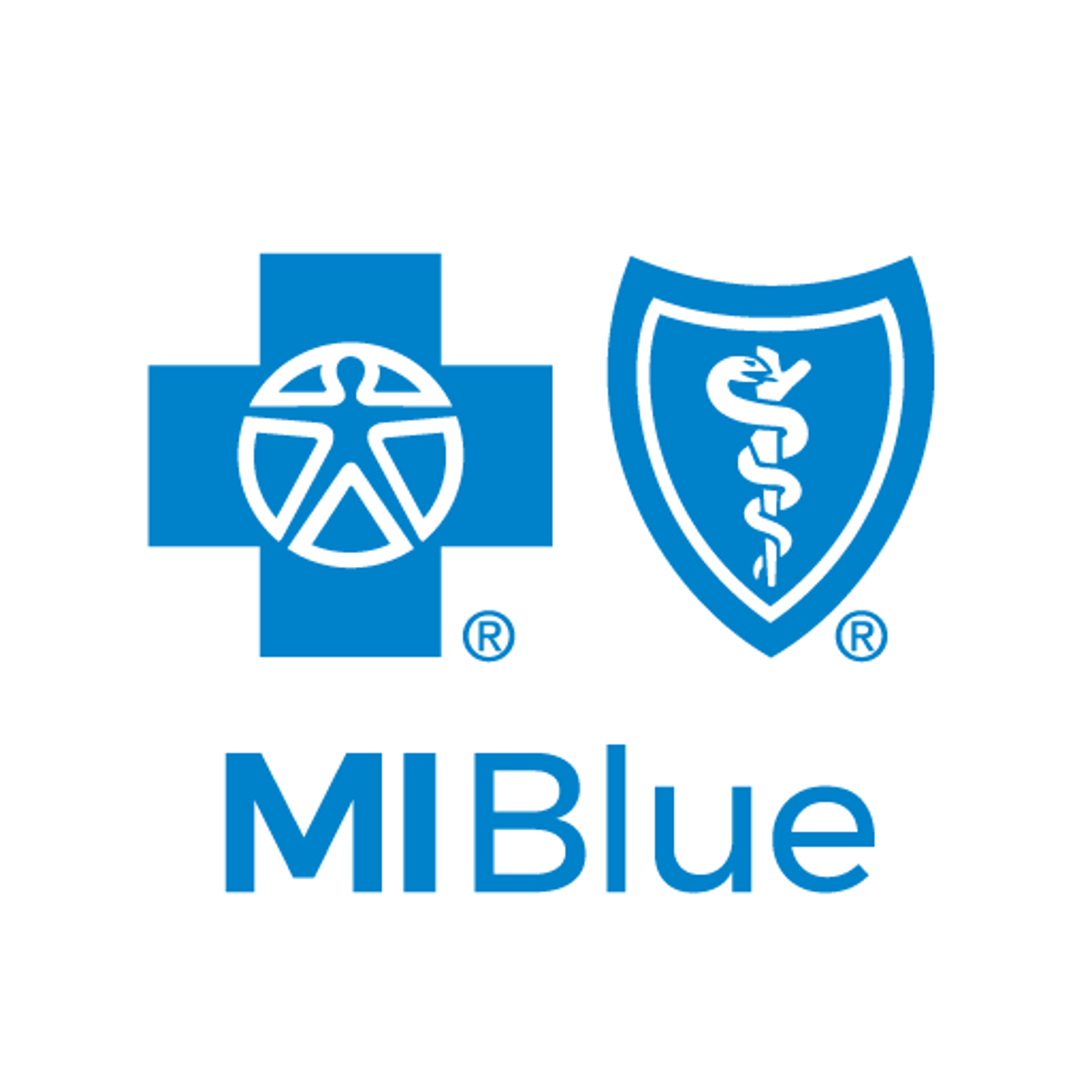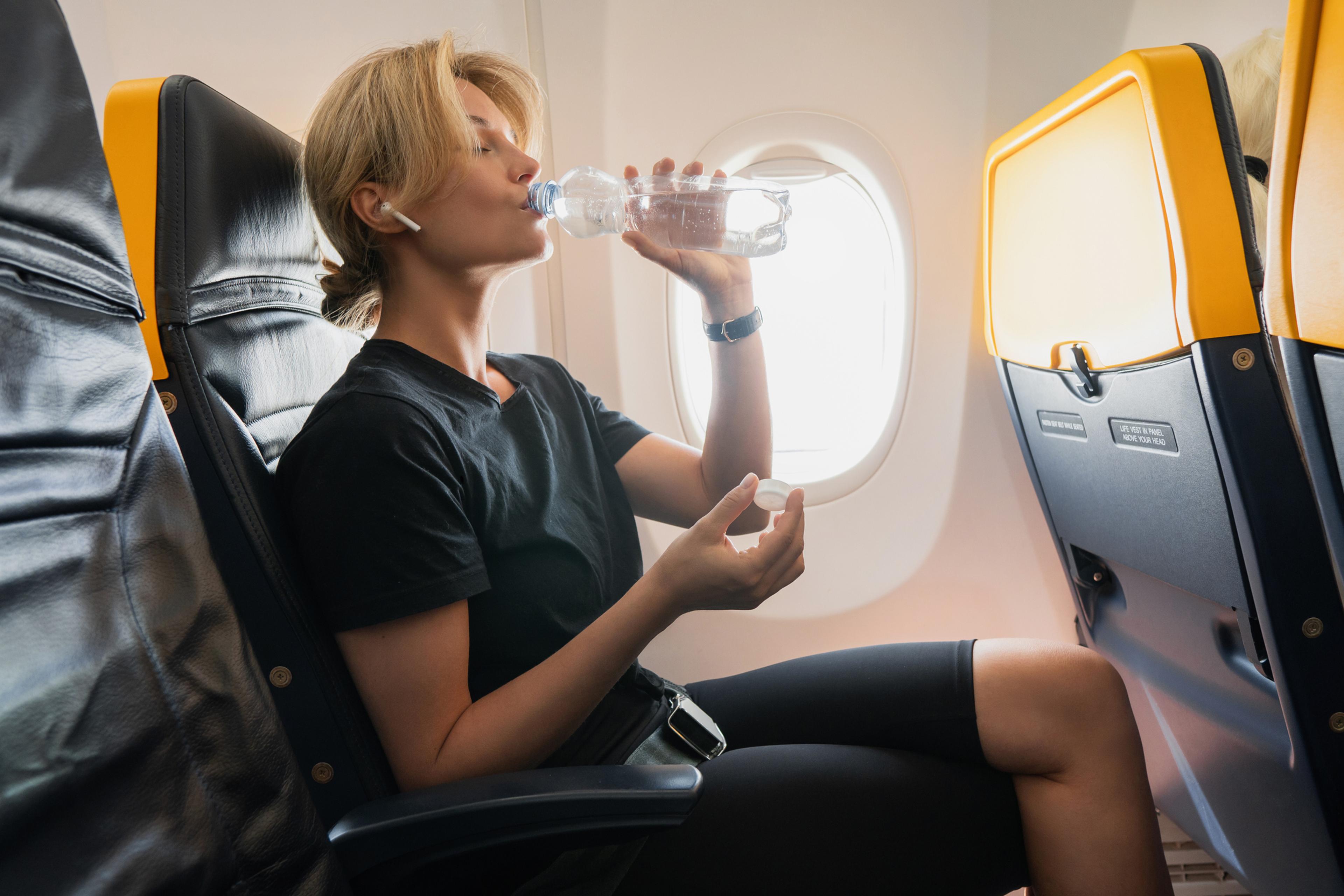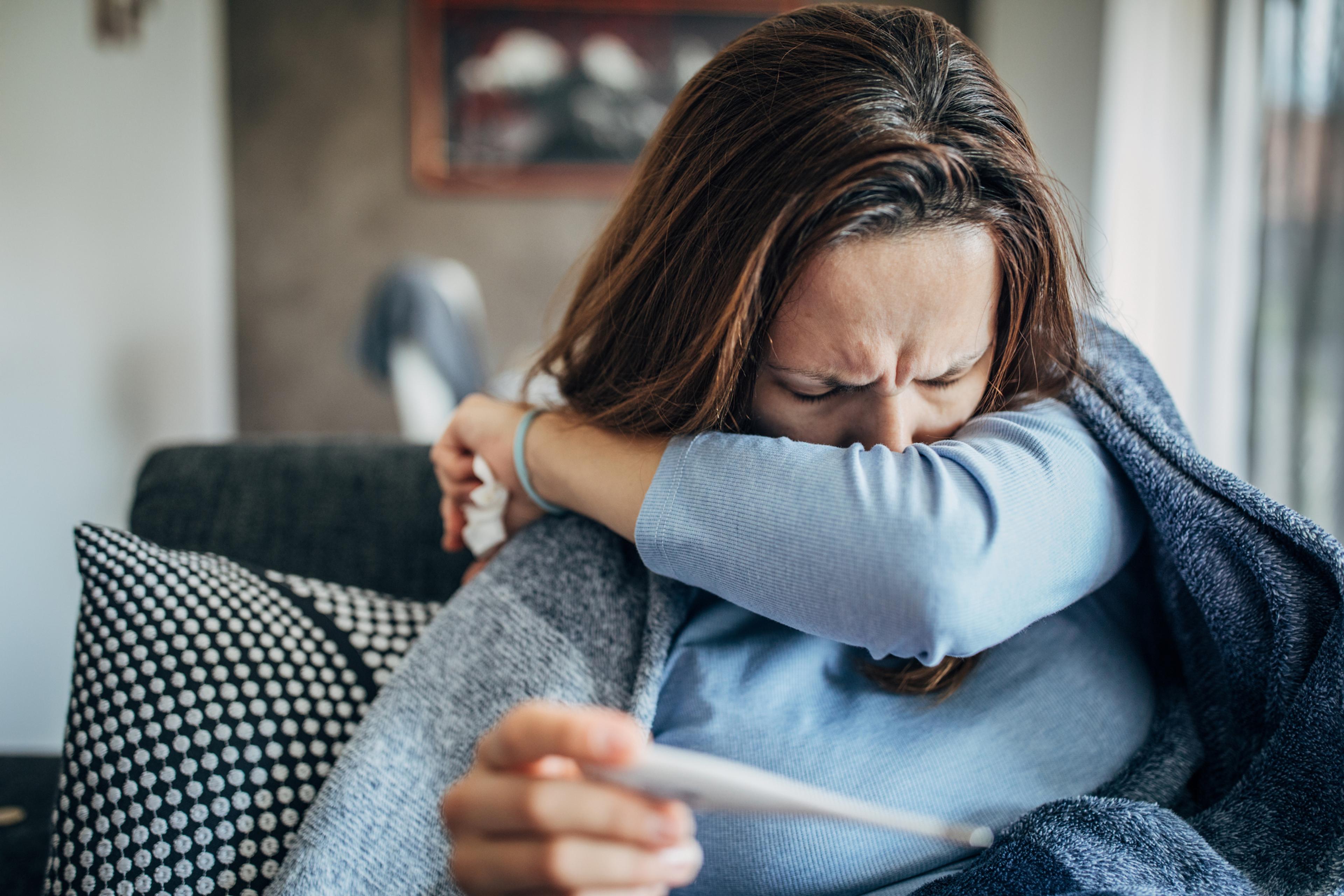
This information is current as of May 11, 2021. For more recent updates on COVID-19 vaccines, visit COVID-19 Vaccines: Get the Facts. The development of vaccines to combat COVID-19 occurred in record time, as two vaccines were authorized for emergency use by the U.S. Food and Drug Administration in December 2020 less than a year after the disease was first identified in the U.S. Typically, vaccine development and approval are complex processes that can last 15 years or more. Due to the emergent, deadly nature of the COVID-19 pandemic, scientists fast-tracked vaccine development under a special FDA process called Emergency Use Authorization. The first two COVID-19 vaccines to receive the FDA’s emergency use authorization were created by Pfizer-BioNTech and Moderna. Each requires two doses to be effective. Here’s a look at how the vaccines were rapidly developed.
GLOBAL COOPERATION
As the new coronavirus spread across the globe in early 2020, public health officials urged people to adopt new behaviors in order to protect their health due to a lack of known treatments or preventative vaccines. Wearing a mask, staying six feet apart from others and staying home became new norms in everyday life as the scientific community raced to develop a vaccine. The global nature of the pandemic also translated into global cooperation for vaccine research. Working together, U.S. government and international agencies, academic researchers, nonprofit organizations and pharmaceutical companies strategized to push forward the most promising vaccines. Researchers did not have to start from scratch. While the new strain of coronavirus, SARS-CoV-2, which causes COVID-19 was previously unknown, other strains of coronaviruses have existed for decades and researchers have been studying them for more than 50 years. When the current virus began to spread in China, research shifted focus immediately. Roughly 10 days after the first reported pneumonia cases in Wuhan, China in January 2020, researchers uncovered critical information on the virus. The ability to speed up the research process and clinical trials was a direct result of global cooperation and the dedication of researchers world-wide. The slowest part of vaccine development is testing through several rounds of clinical trials. Oftentimes, this process takes years as each human trial requires more participants, which increases costs exponentially. Due to the global teamwork behind the COVID-19 fight, companies and governing bodies from around the world pledged billions of dollars to the effort to enable pharmaceutical companies to simultaneously test multiple vaccines and manufacture and stockpile vaccine doses before the company was aware if the vaccine was going to work. In this scenario, when vaccines are approved, the company already has a large quantity ready to distribute.
ENSURING SAFETY
Thanks to global cooperation and major funding from companies and governments, the FDA authorized the first two COVID-19 vaccines -- made by Pfizer and Moderna -- for emergency use in December 2020 after they met the FDA's rigorous standards for quality, safety and efficacy. In order to receive an Emergency Use Authorization from the FDA, a vaccine must undergo three phases of clinical trials. The final Phase 3 clinical trial includes thousands of human participants, during which the vaccine is administered in randomized, controlled studies across demographic groups. After the Phase 3 clinical trial, the vaccine manufacturer evaluates the results against the FDA’s standards, and recommends the vaccine to the FDA if they are met. Scientists and physicians with the FDA then review the results, and an advisory committee gives its opinion in a public meeting. After receiving the committee’s input, the FDA makes its final decision. Emergency Use Authorization was necessary for the COVID-19 vaccines due to the immediate need to prevent the spread of COVID-19. The FDA and U.S. Centers for Disease Control and Prevention are continuously monitoring the safety of COVID-19 vaccines to rapidly detect safety problems if they exist. The Pfizer and Moderna vaccines are 95% effective.
UNDERSTANDING THE DIFFERENCES BETWEEN THE PFIZER AND MODERNA VACCINES
While both the Pfizer and Moderna vaccines require two doses, there are a few key differences. Moderna’s vaccine can be stored in traditional freezers and does not require a super-cold transportation network, making it more flexible and accessible to smaller medical facilities and rural communities. The Pfizer vaccine requires it to be stored in subzero temperatures, posing a challenge for transportation and storage. Moderna’s vaccine is administered as two 100-microgram doses given 28 days apart. Pfizer’s vaccine is administered as two 30-microgram dozes given 21 days apart. Moderna’s vaccine is authorized for use in people 18 years and older, while the Pfizer vaccine is authorized for people 16 years and older. The FDA expanded the authorization of the Pfizer vaccine to include children between the ages of 12 and 15 years old as of May 10, 2021. While Pfizer is one of the largest pharmaceutical companies in the world, Moderna is a biotech company that was established in 2010. Before its COVID-19 vaccine, Moderna had not yet received approval for one of its vaccines by the FDA, but the company’s scientists were already working with researchers from the National Institute of Health on a vaccine for another coronavirus. When Chinese researchers released the genomic sequence for the current coronavirus, Moderna had a jump start. For more information, visit the FDA’s vaccine website. MI Blues Perspectives will continue to keep you updated on COVID-19 vaccines as information becomes available. Read more here: COVID-19 Vaccines: What You Should Know - MIBluesPerspectives More from MIBluesPerspectives.com:
- COVID-19 Vaccines: What You Should Know
- Blue Cross Blue Shield of Michigan will provide $0 cost sharing for COVID-19 vaccine coverage
- Grant: What We Know About the COVID-19 Vaccines
Photo credit: zoranm






